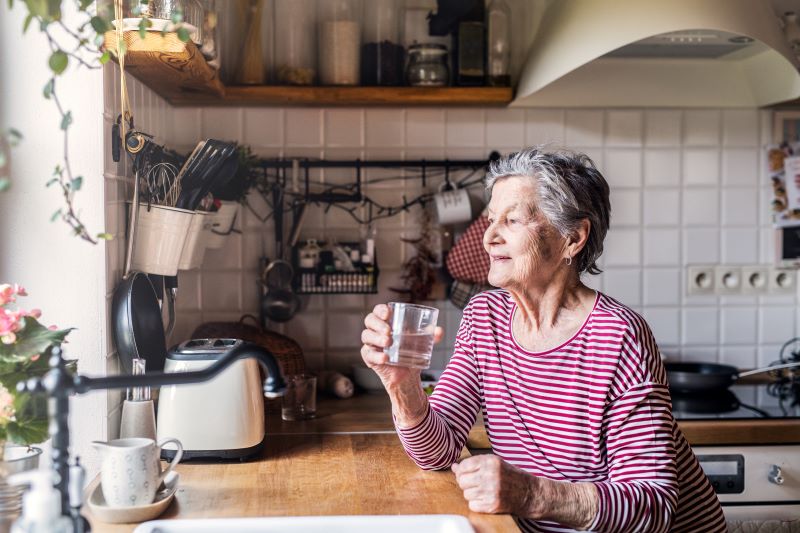Hemiparesis
What is hemiparesis?
Hemiparesis is weakness or the inability to move on one side of the body, making it hard to perform everyday activities like eating or dressing.
One-sided weakness in your arms, hands, face, chest, legs or feet can cause:
- Loss of balance
- Difficulty walking
- Impaired ability to grab objects
- Decrease in movement precision
- Muscle fatigue
- Lack of coordination
Where your stroke occurred in the brain will determine the location of your weakness. Injury to the left side of the brain, which controls language and speaking, can result in right-sided weakness. Left-sided weakness results from injury to the right side of the brain, which controls nonverbal communication and certain behaviors.
Can hemiparesis be treated?
It’s possible to increase or regain your strength and movement on the affected side through rehabilitation. A physiatrist, physical therapist and/or occupational therapist can help you overcome hemiparesis and improve mobility.
Treatments include:
- Modified constraint-induced therapy (mCIT). It forces you to use the weakened part of your body. Regular practice can improve nerve function.
- Electrical stimulation. The procedure consists of placing small electrical pads on the weakened muscles of your affected body part. An electrical charge helps your muscles contract. Many electrical stimulation devices are covered by insurance and can be used at home.
- Cortical stimulation. A tiny electrode is placed on the dura, the tough membrane that covers your brain. The electrode sends an electrical current to your brain while you undergo rehabilitation exercises.
- Mental imagery. Imagining movement of the affected part of the body activates areas of the brain and muscles as if you’re doing an activity. The nerves in the brain involved in visualization and physical movement overlap, making this an effective activity when paired with other therapies for one-sided weakness.
- Assistive devices. Braces, canes, walkers and wheelchairs can increase strength and movement. An ankle-foot orthosis brace can help control your ankle and foot. A physical therapist can recommend the appropriate device. Repeated practice and regular activity will help increase control and flexibility and re-establish nerve circuitry. You can learn activities to do at home that will help continue recovery after inpatient therapy. Always consult a health care professional before starting these exercises.
Home modifications
These home modifications can improve your safety:
- Grab bars
- Ramps
- Raised toilet seats
- Tub bench
- Hand-held shower head
- Plastic adhesive strips on the bottom of the bathtub
- Long-handled brushes, washing mitts with pockets for soap
- Electric toothbrushes and razors
Lifestyle changes
Making simple lifestyle changes can help prevent falls and help you recover:
- Get and remain active.
- Strengthen leg muscles and balance through exercises.
- Wear flat, wide-toed shoes.
- Use a prescribed assistive device; don’t rely on furniture for support while walking.
- Use precautions when taking medications that cause drowsiness.
- Pay close attention while walking.
What is paralysis?
Paralysis is the inability of a muscle or group of muscles to move voluntarily. The brain sends messages that trigger muscles to move. But when stroke damages part of the brain, messaging between the brain and muscles may not work properly.
Where does stroke cause paralysis? Paralysis is usually on the side of the body opposite the side of the brain damaged by stroke. For instance, a stroke in the brain’s left hemisphere will affect the right side of the body. Locked-in syndrome is an example of severe paralysis in which you can only move muscles that control the eyes.
Post-stroke paralysis symptoms They may include, but are not limited to:
- Hemiparesis (one-sided weakness)
- Hemiplegia (one-sided paralysis)
- Weakness
- Incoordination
- Sensory deficits
- Balance problems
If you have any of these symptoms or any type of paralysis, rehabilitation and therapy can help you regain movement even years after your stroke.






